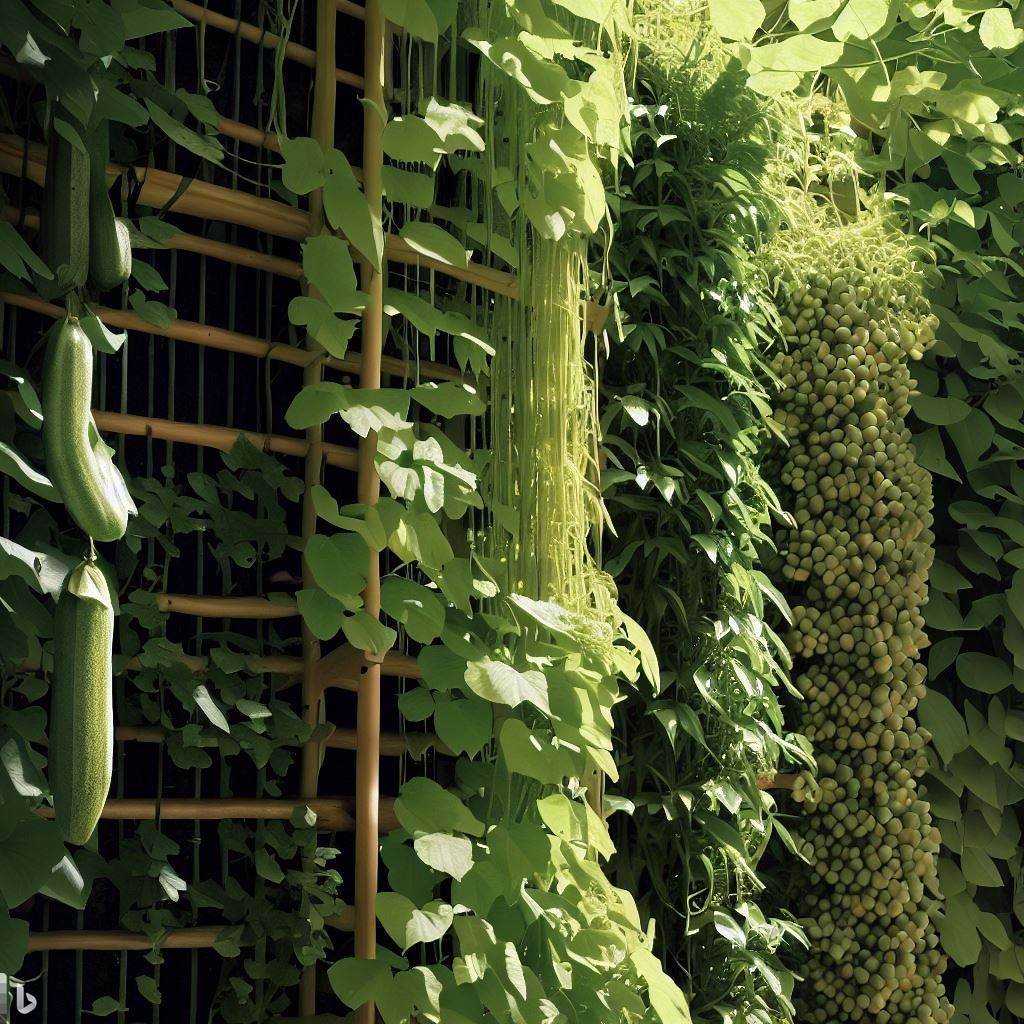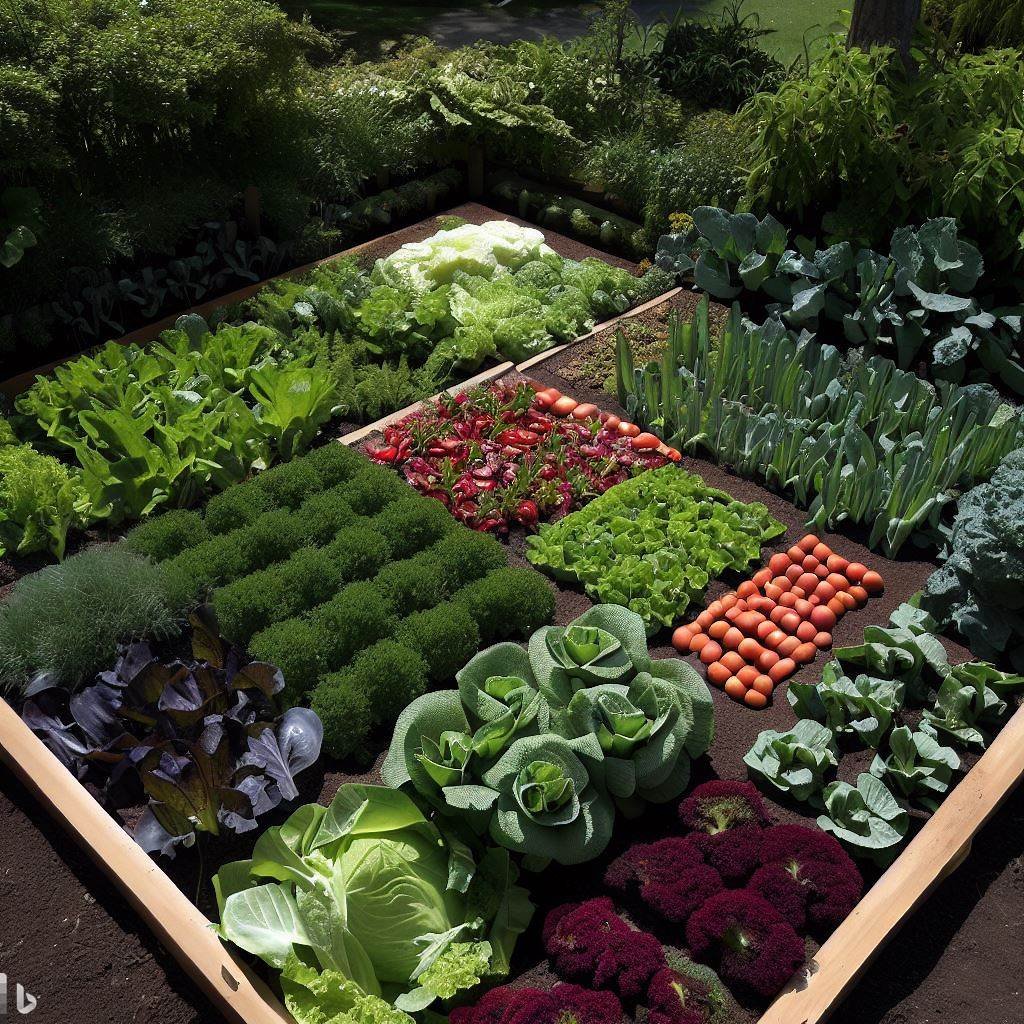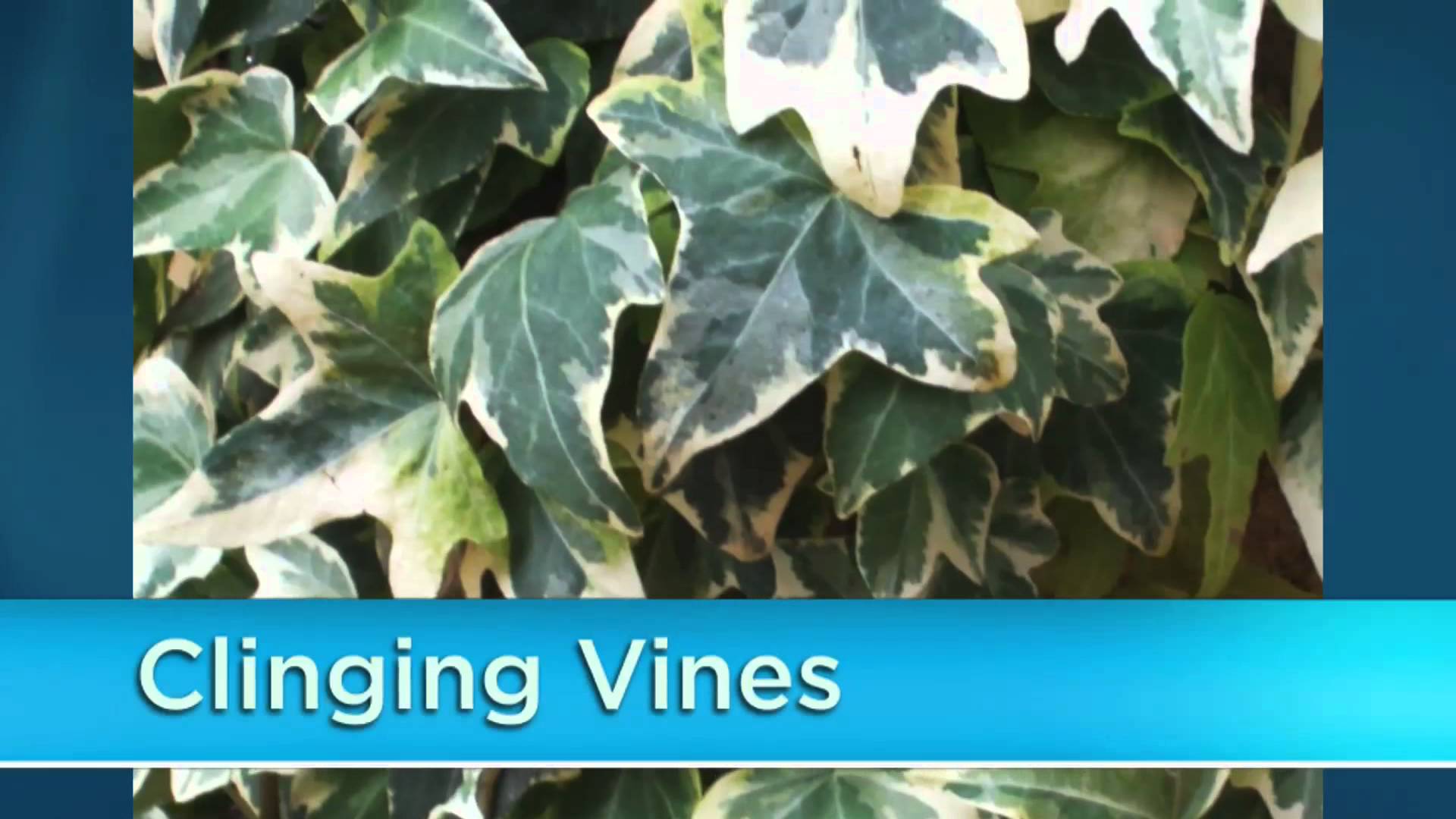Vegetable gardening can be a rewarding endeavor, providing fresh, nutritious produce right at your fingertips. Whether you’re a seasoned gardener or just getting started, here are some vegetable gardening ideas to inspire you.
Raised beds
Raised beds are an excellent option for vegetable gardening. They offer better soil drainage, easier weed control, and a higher yield. Create raised beds with wood, stone, or other durable materials, and fill them with nutrient-rich soil to give your vegetables the best start.
Vertical gardening
Maximize your gardening space with vertical gardening. Grow climbing vegetables like beans, peas, and cucumbers on trellises or fences. You can also use hanging planters for smaller vegetables like cherry tomatoes and strawberries.

Succession planting
To extend your harvest season, practice succession planting. Plant fast-growing vegetables like radishes or lettuce every two weeks. As you harvest one batch, the next will be ready to take its place, providing a continuous supply of fresh produce.
Companion planting
Some vegetables benefit from being planted together, a practice known as companion planting. For example, plant tomatoes with basil to enhance their flavor and deter pests. Research suitable companions for your chosen vegetables to optimize growth and yield.
Container gardening
If space is limited, consider container gardening. Grow vegetables like peppers, carrots, and eggplants in large containers on your patio or balcony. Ensure the containers have proper drainage and are placed in a sunny location.
Square foot gardening
Square foot gardening is a method of dividing your garden into square-foot sections and planting different vegetables in each section. This approach maximizes space and allows you to grow a variety of vegetables in a small area.

Edible landscaping
Integrate vegetables into your existing landscape by planting them among ornamental plants. Choose vegetables with attractive foliage or colorful fruits, like rainbow chard or purple eggplants, to add beauty and function to your garden.
Perennial vegetables
Plant perennial vegetables that come back year after year. Asparagus, rhubarb, and artichokes are excellent choices for a low-maintenance vegetable garden.
Grow heirloom varieties
Heirloom vegetables are open-pollinated varieties that have been passed down through generations. They offer unique flavors, colors, and textures not found in commercial varieties. Grow heirloom tomatoes, peppers, and beans to add diversity to your vegetable garden.
Pest control
Protect your vegetable garden from pests and diseases. Encourage beneficial insects like ladybugs and lacewings by planting flowers that attract them. Practice crop rotation and proper sanitation to prevent soil-borne diseases.
Harvesting and preserving
Harvest your vegetables at their peak for the best flavor and nutritional value. Learn how to preserve your produce through canning, freezing, or dehydrating to enjoy your homegrown vegetables all year long.
Vegetable gardening is a fulfilling and sustainable way to provide food for your family. By incorporating these ideas, you can create a productive and diverse vegetable garden that will nourish you for seasons to come.






